FIA Continuation SeriesThere is very little information about it, but not all classic cars you saw are really old. Some of them are more modern than your own car, sorry. Being a continuation series, the new cars will receive a unique code and will be listed in the official brand registry. They will perfectly replicate both aesthetically and mechanically but are upgraded to contemporary standards, with HTP FIA-approval Theses cars are acceptable for the FIA Historic Technical Passport (HTP) regulations that is a document that sets out the technical specification of the car for the homologation period requested and making them eligible for historic racing. Prices are varied, they usually oscillate between € 100,000 and € 550,000 approximately
1. AUTHORIZED MANUFACTURERS
It is the most common case, there are a number of authorized manufacturers, especially for the manufacture of Shelby cobras and GT40s.
For example, for the GT40 you can find brands like Superformance, Gelscoe motorsport and Holman. If you are looking for a Shelby FIA Continuation Series you will find automakers like Shelby (Original one), All Pro Cars, Kirkham Motorsports and Superformance
2. USING A DAMAGE CHASSIS
Spray-Tec directly uses a totally damaged chassis and rebuilds the car on it, so the matching numbers remain the original. It can be considered as a recreation or as an amazing restoration work. They also recreate, under the same pretext, the Aston Martin DB4
Bob Norwood is offering a California Spyder rebody at a fraction of the original one's price, about 600k$. The chassis is shortened from the 2+2 configuration to SWB Ferrari length and, using three-dimensional digital scanning technology, is rebodied in alloy to the same dimensions as the original Ferrari California GT 250 Spyder. Each of the cars in this limited production retains the original 330 serial number and is a real Ferrari, not a replica.
Here you can see the full list of Ferrari replica automakers
Many original brands are building again classic cars under the original specifications according the requirements to be to be eligible as a FIA Continuation Series
3. ORIGINAL AUTOMAKERS
Bentley
Yes, you can call Bentley today to buy this car like any other current model
Jaguar
The same thing happens with Jaguar
Jaguar Classic is re-starting production of the iconic D‑type race car in Coventry, 62 years after the last example was built in 1956. Just 25 new examples of the D‑type will be meticulously hand-built at Jaguar. In 1955 Jaguar planned to build 100 D-types. With only 75 completed, Jaguar Classic is now fulfilling the company’s original ambition by creating 25 all-new, period-correct sports cars.
Jaguar also recreate six units of the Jaguar E-Type Lightweight. Here you can see a full list of Jaguar replica manufacturers
Other car brands like Lola, Crosslé, Chevron, Scarab and Lister keep manufacturing FIA Continuation Series in very limited series
Chaparral 2E
For the reborn of Chaparral brand to revive their iconic 2E, Chaparral uses original body molds,original engineering drawings and they even employ some of the people from the original team
Having original plans it's very important to creates high added value cars, and much more important for the FIA Continuation Series. For example, Gelscoe Motorsport have the GT40 original drawings. Unseen for over 25 years and thought to have been destroyed when FAV closed it’s doors for the final time. The wooden drawing cabinet you see in this picture is the original FAV chest containing the only original and complete set of GT40 drawings in existence.
AC Cars Ltd (Malta)
The AC Ace 221 is based on the original body style that was developed for the Rudd Speed version of the Ace in 1960 in combination with chassis, suspension and body modifications that were developed by the AC engineering team for the installation of the then new 221 cu in. Ford V-8 engine including slight flaring of the fenders in order to accommodate wider wheels and tires on all four corners.
The Ace Bristol is a continuation of the famous 1954 AC Ace that dominated racing in the US and abroad throughout the late 1950’s. Today AC provides mounting configuration for both the Ford EcoBoost 2 L 4 cylinder and 2.7 L 6 cylinder engines. The shape of the original Ace Bristol is maintained however the dimensions of the passenger compartment are slightly increased to accommodate the 95% of typical drivers and passengers in today’s marketplace. The Ace has four wheel independent wishbone suspension, coil over shocks, modern disc brakes, differential, electronics and interior amenities. AC was incorporated in Malta in 2002 until 2007. The AC MKIII went into series production in July 2012 after two years of intense prototyping and development but this car is not in current production.
Similar cases happen with some reborn or revival series. They are not intended to get the FIA HTP because they are not destined for racing series, but the essence it's the same. These following cars are documented in the official registers of their respective brands
Alvis cars were produced by the manufacturer Alvis Car and Engineering Company Ltd of Coventry, United Kingdom from 1919 to 1967. Nowadays, Alvis, is resuming production of the most emblematic Alvis models from the original works drawings and using remanufactured parts
In 1936 Atalanta’s innovative approach to sports car design produced arguably the most technically advanced British sports car of the era, but only 21 original cars were produced
The Atalanta ‘Revival’ car embraces the elegance and style of the 1930’s original, remaining true to the original Atalanta design principles, and where appropriate employs the use of modern materials and technology to ensure reliability, performance and safety.
Other revival series cars
Related posts
Recommended books for more information
1 Comment
Cargo Three WheeledHistorical research
It is a category that has been developing little by little and it exists since the beginning of the automotive industry. But no brand has yet formally established a category that houses these types of vehicles, since they are simply called Three-Wheeled, without distinguishing them from any other three-wheeled vehicle.
They are colloquially known as "motocarros" or "bicitaxis" in Latin America, defined as three-wheeled vehicles with motor, built to transport light loads. Although "motocarros" are any vehicle whose mechanical part derives from a motorcycle and the rear is a cargo compartment, so it is a much more generic definition that includes many types of vehicles. In fact, the vehicle commonly known as the first car powered by an internal combustion engine in history, the Benz Patent-Motorwagen of the year 1886 shares elements in common with the "motocarros". Actually the first internal combustion vehicle appeared in 1807, but this is another issue, you can see the full research here. The first three-wheeled car was a vehicle called the Voiturette designed by Léon Bollée in 1896, it had a rear wheel and two front guidelines. There were two front seats and another one in the back. During the following years, manufacturers such as Lagonda, Indian, Riley and Phoenix manufactured similar vehicles but with one seat in front and two behind.
A good example of one of the first vehicles that fit with the "motocarro" structure were those manufactured by the German company “Unternehmen Cyklon Maschinenfabrik” in 1902. This company began to produce three-wheeled cars driven by handlebars, called Cyklonette.
The tax benefits offered for this kind of vehicle in those years, made the Cyklonette very popular in metropolitan areas. In fact, the term Cyklonette became a generic designation to refer to three-wheelers manufactured in Germany. In 1914 there were already at least 11 different brands that built those vehicles
After all the research done, the earliest rickshaws precursor is the Cyklon Cyklonette 1904. In addition, it has a logical impact on the automobile history in a given geographical area.
The only approach to a formal establishment of this category has been made by Piaggio for its Ape model categorizing it as "Three-wheeled cargo". Also, in a less successful way, this segment can be referred to as "Three-wheeled light commercial vehicle ”, although it is never mentioned by formal authors, since the Three-wheeled LCV category refers to a much wider range of vehicles.
Piaggio Ape is the formal precursor of this category, but as we saw earlier, it wasn't the first hint.
At the end of World War II, most Italians were affected by the war, the means of transportation were missing and above all, financial means to acquire and maintain four-wheelers vehicles. In 1947 Corradino D'Ascanio, the inventor of Vespa, set out to build a light three-wheeled commercial vehicle to boost the economic reconstruction of Italy, an idea supported by Enrico Piaggio, the son of the founder of the firm .
The first 1948 model is shown in the upper image. It was mechanically a Vespa with two wheels added to the rear, with a flat bed structure at the top of the rear axle. The first brochures and sales announcements refer to the vehicle as VespaCar or TriVespa.
In 1964, the Piaggio Ape D model incorporated a cabin to protect the driver from the elements. Piaggio Ape has been in continuous production since its inception and it has been produced in a variety of different body styles in Italy and India.
Initially they were controlled by the handlebars of a Vespa but currently it is also offered with a steering wheel. The original Piaggio Ape was designed to accommodate only one person, but it can accommodate a second passenger, althought with little room, in their cabin. It has a door on each side to get out faster of the vehicle when delivering to different sides of the road, which translates into time savings.
In some specific models, the only difference with a "cargo mini truck" vehicle is that they have a single front wheel instead of two, in fact many times the same model can be sold in both variants. Vehicles with the cabin not integrated in the rest of the body are also considered.
These types of vehicles don't always have a dump truck in the rear, some variants are equipped to service passenger transport, not being restricted only to the transport of goods.
All vehicles added in this category are designed to service the transport of passengers or goods, so personal transport is excluded by definition.
Currently 42 alternative automakers produce Cargo Three Wheeled cars
Miguel Ángel Cobo (research) / Ana Isabel Rodríguez Lehto
|
Exotic car brandsFollow us on facebook
|
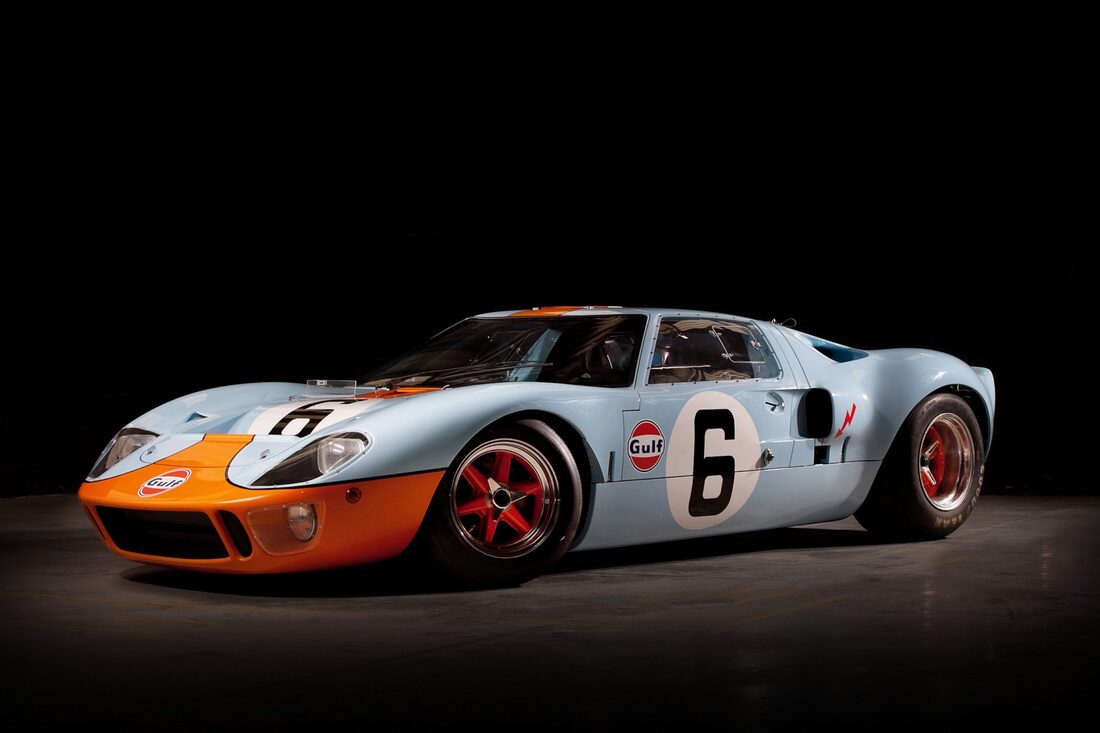
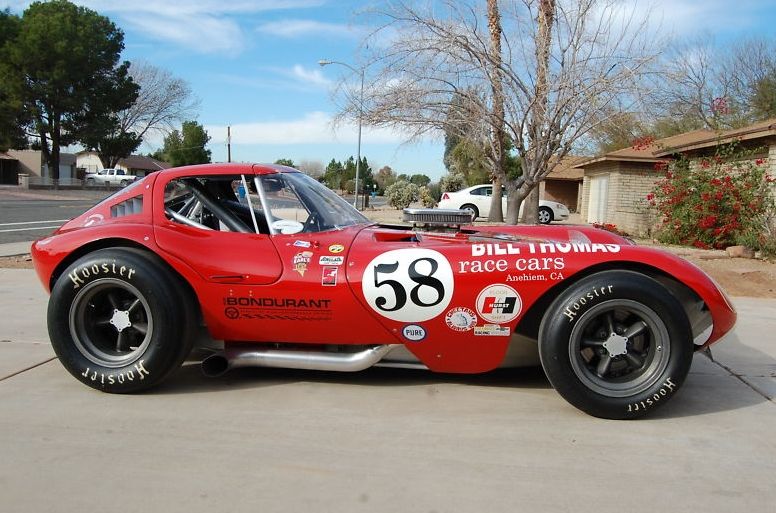
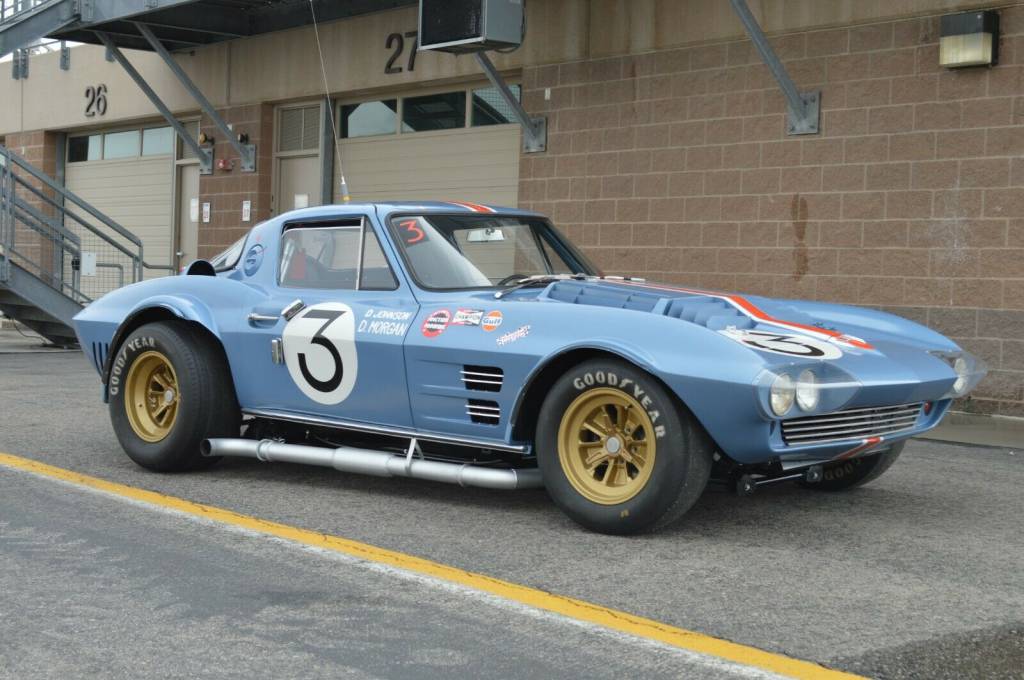
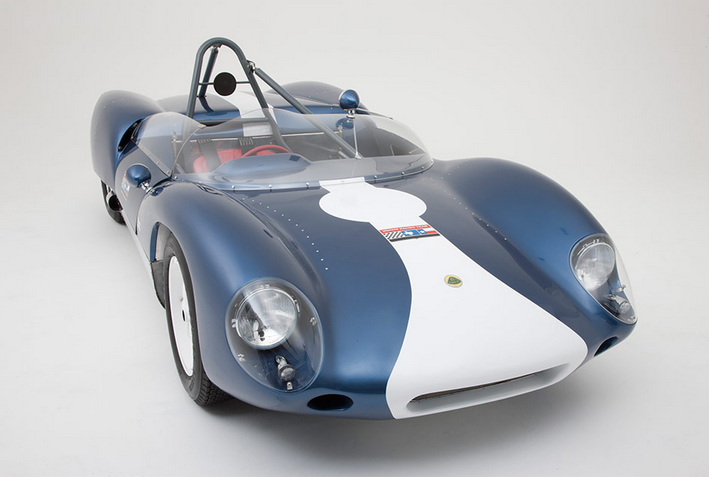
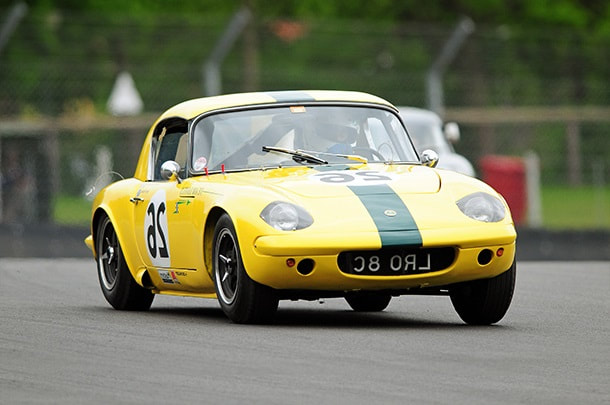
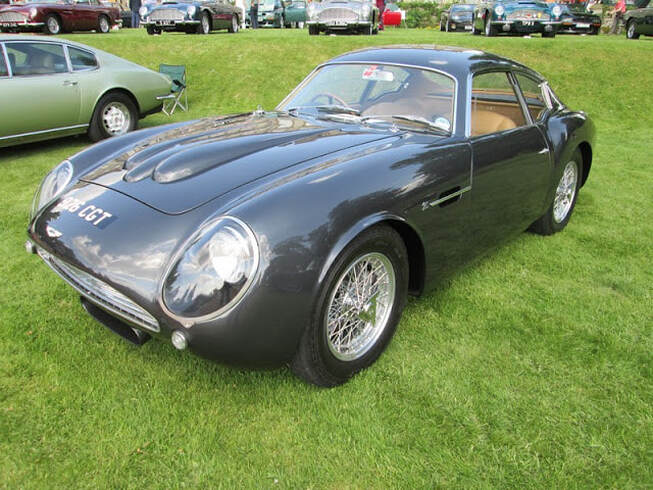
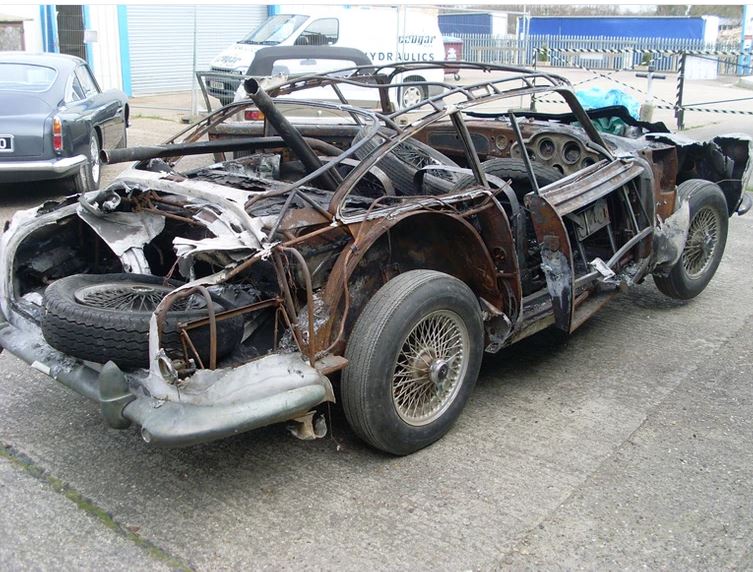
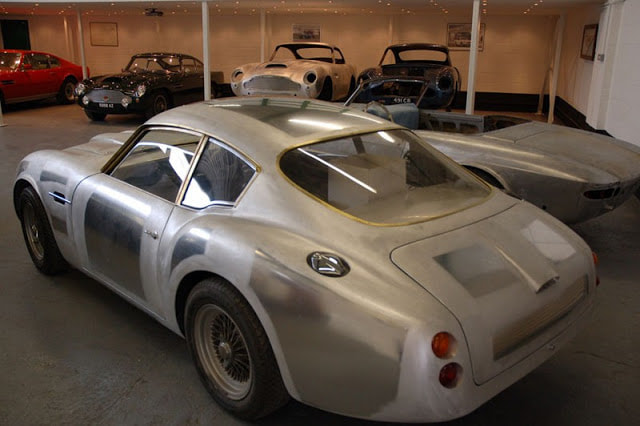
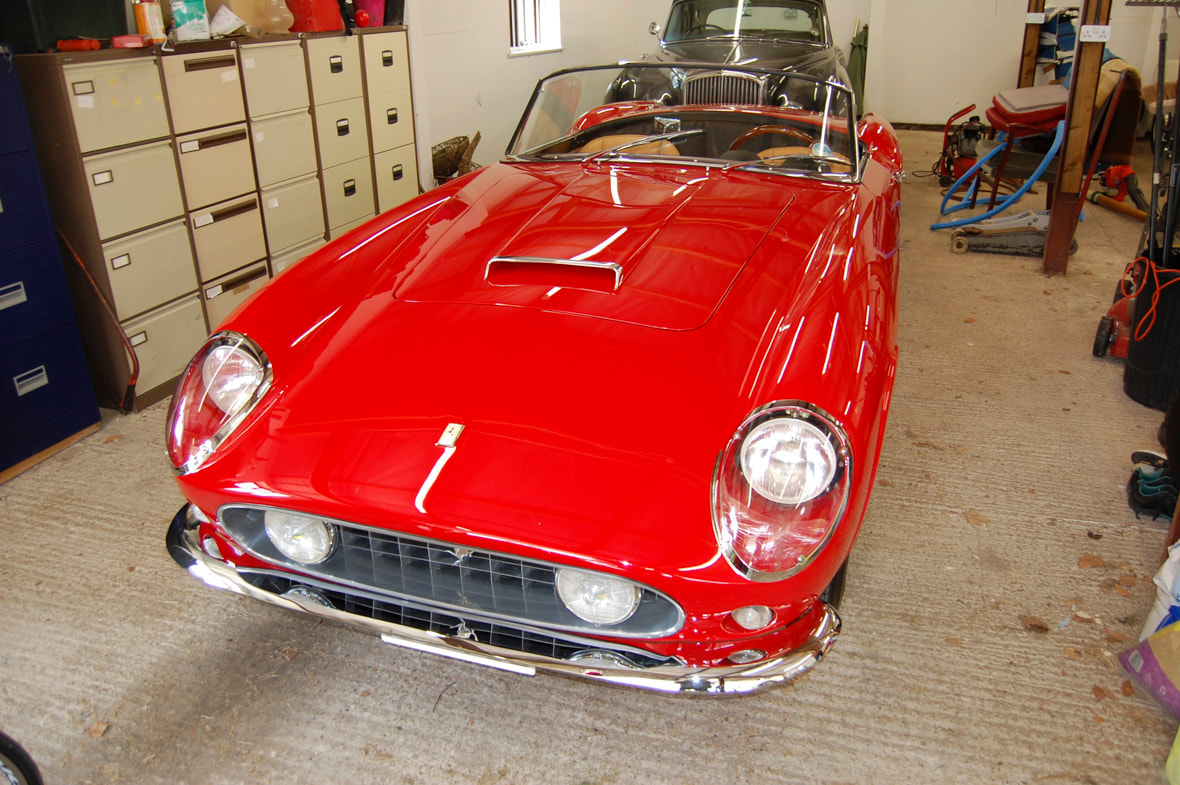
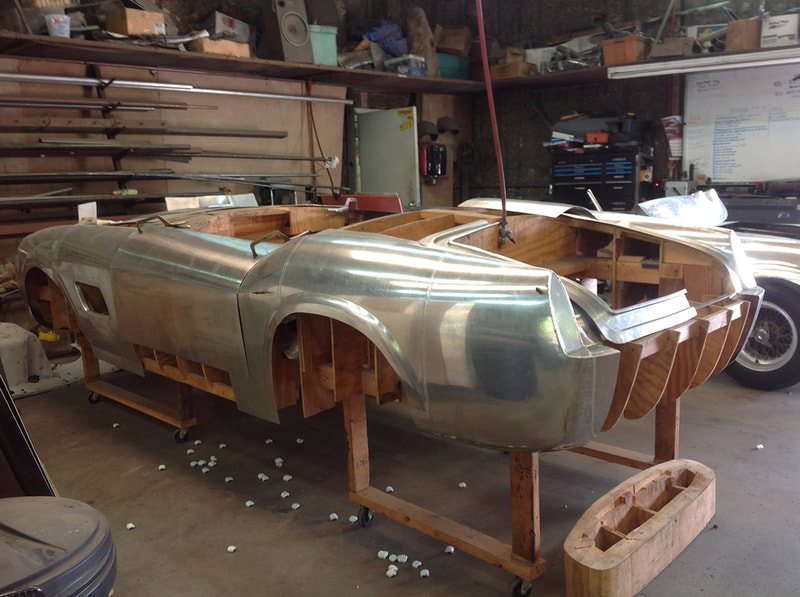
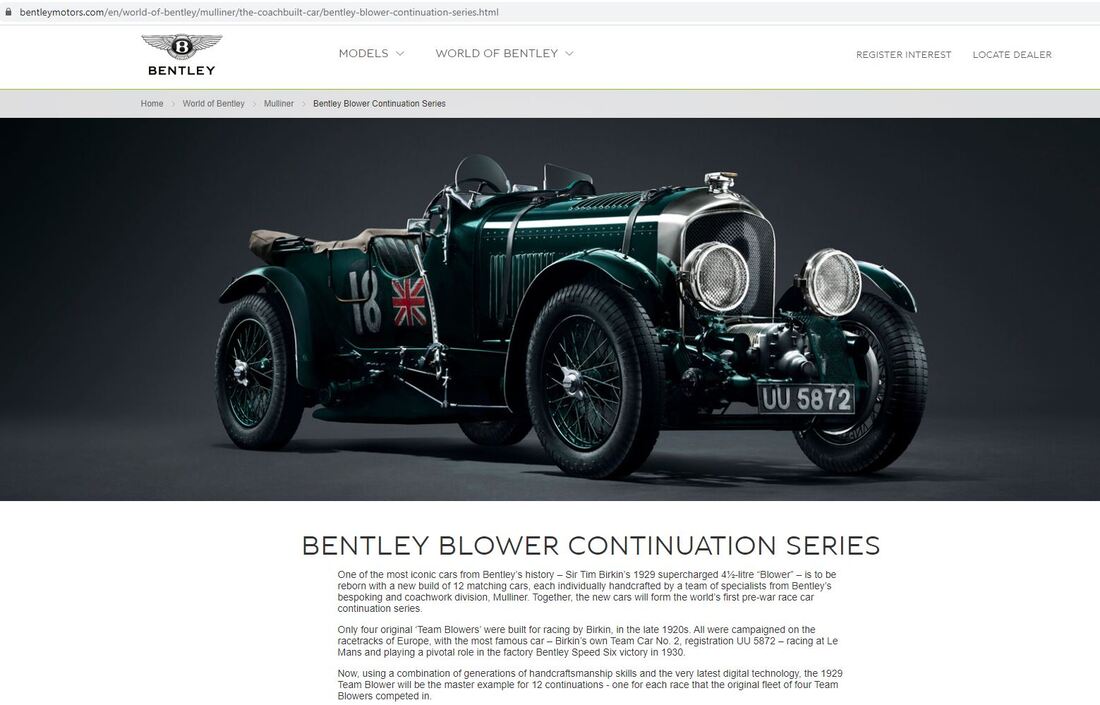
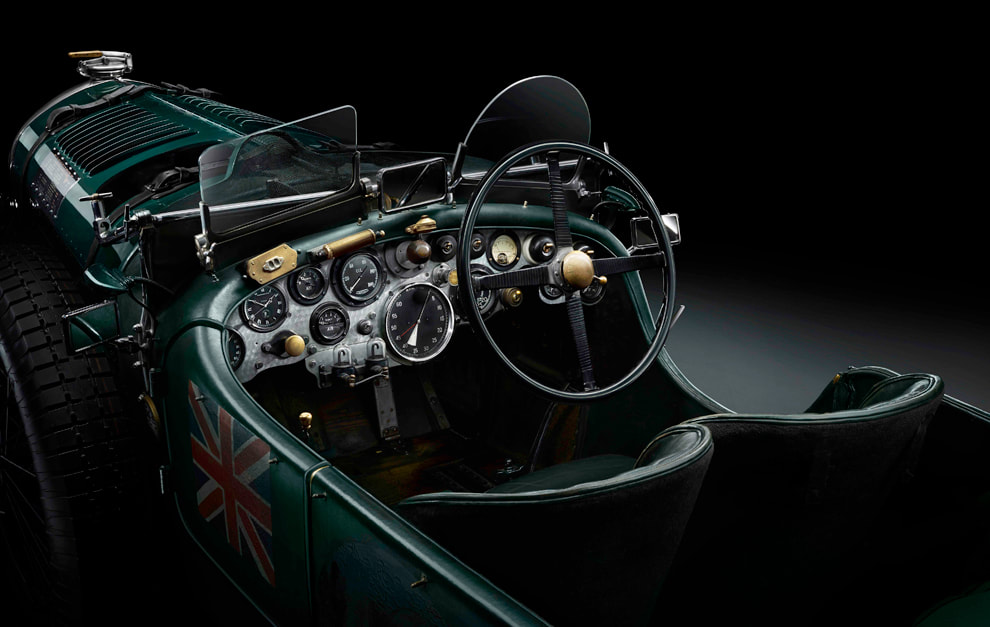
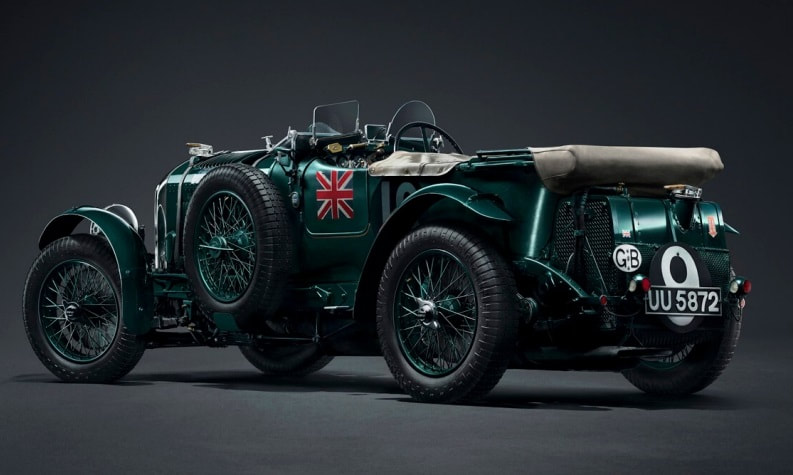
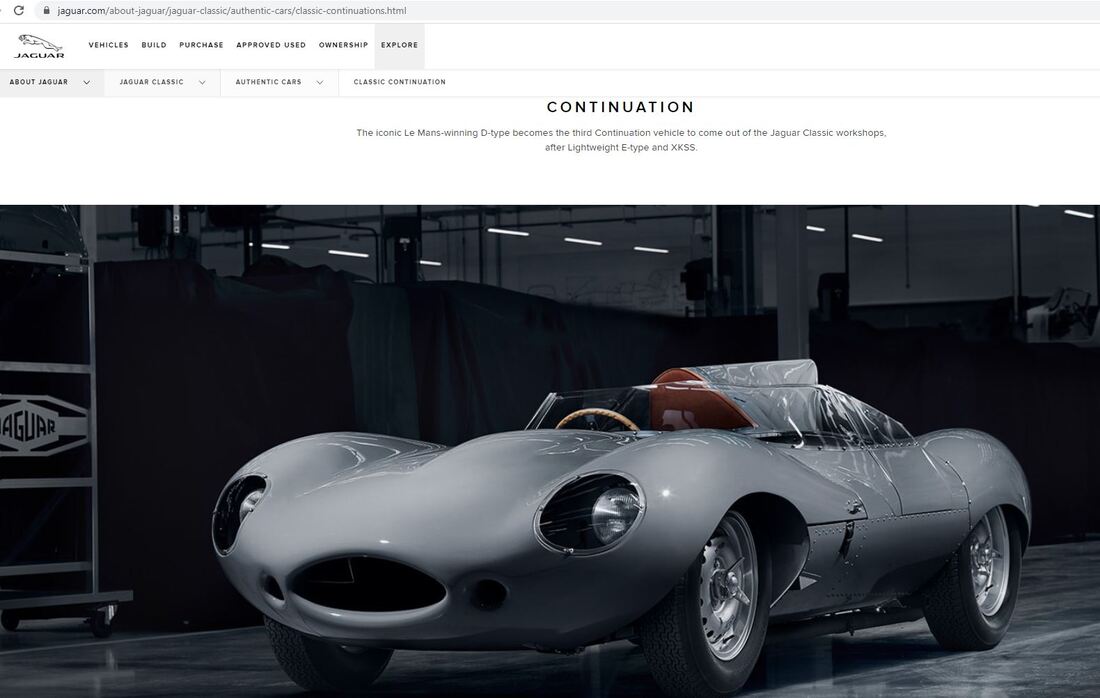
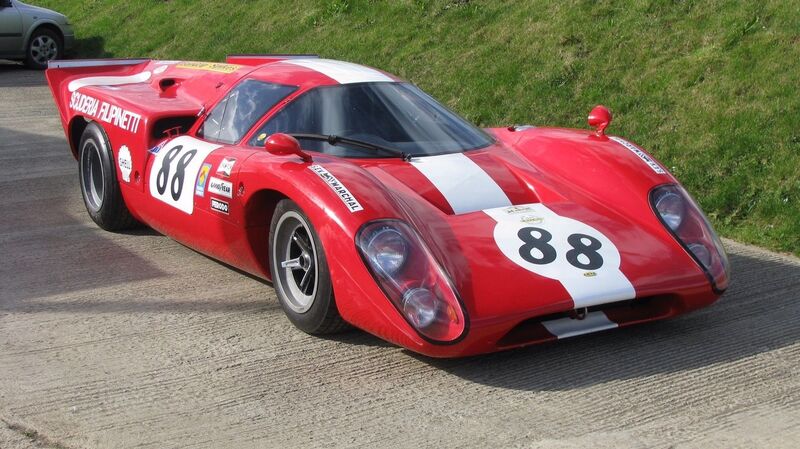

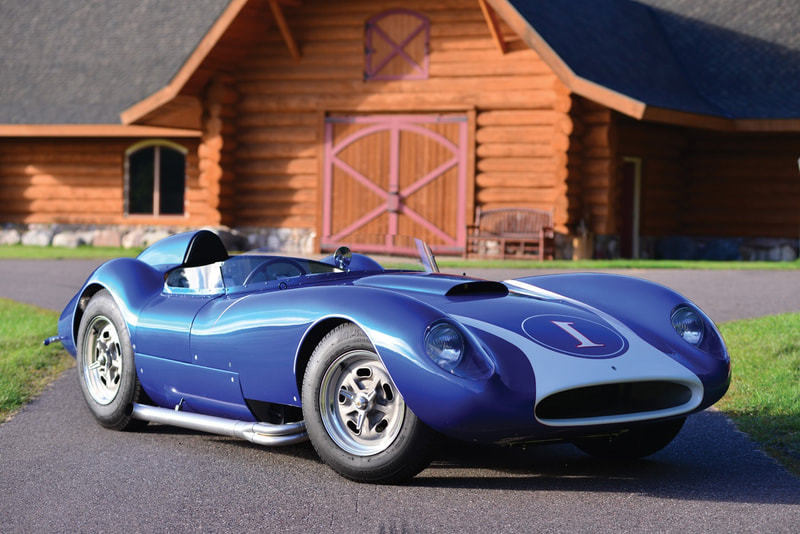
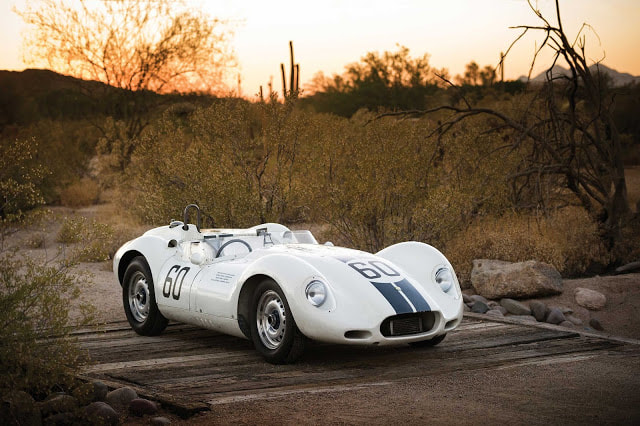
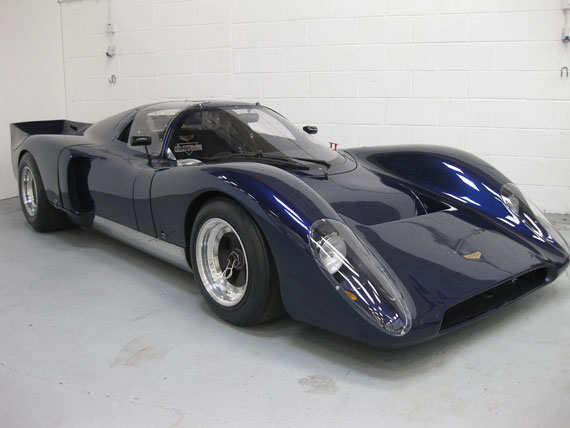
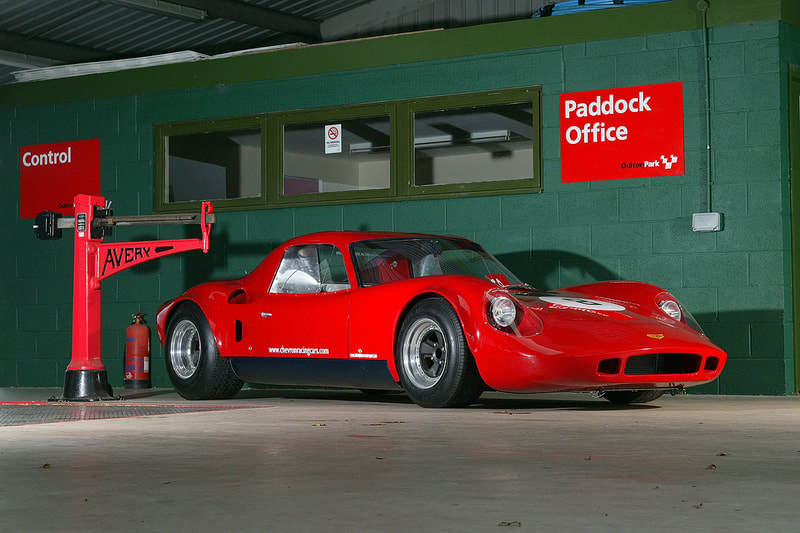
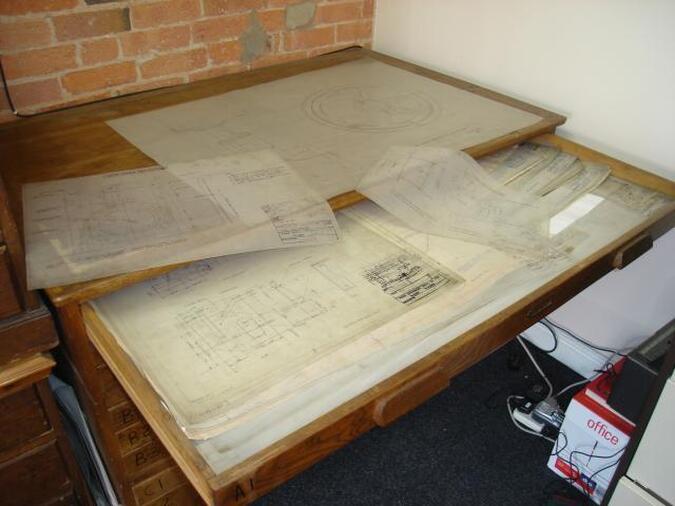
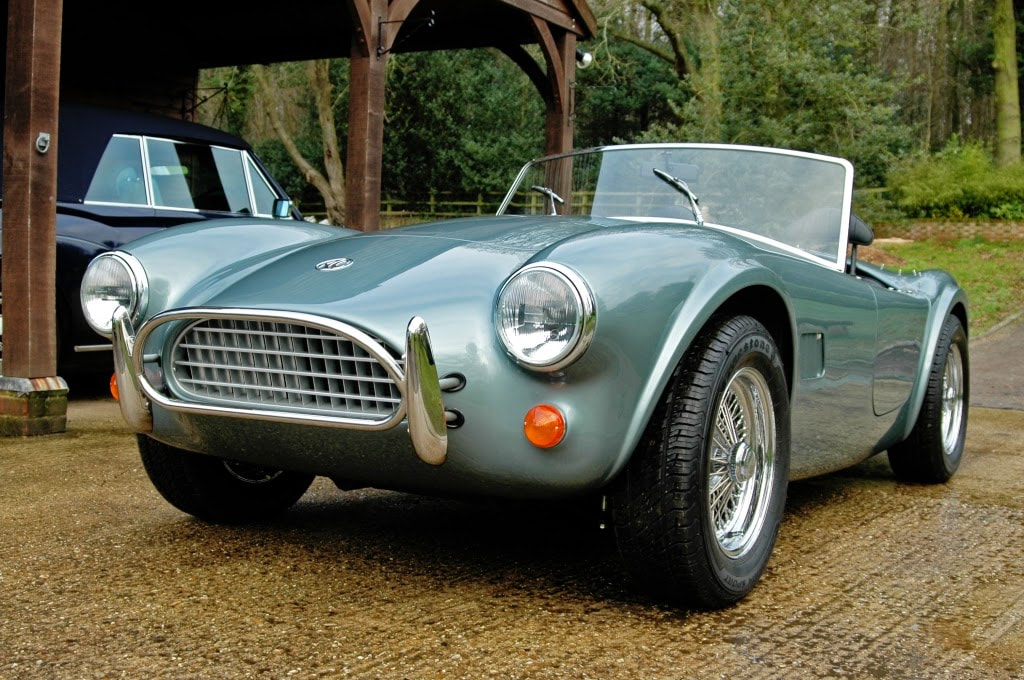
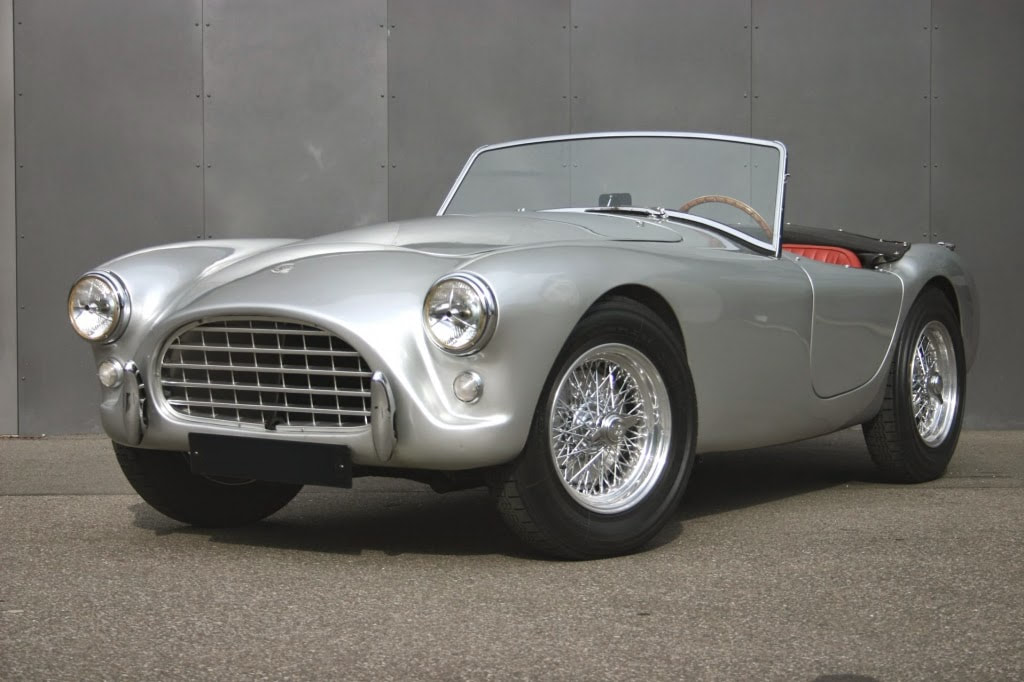
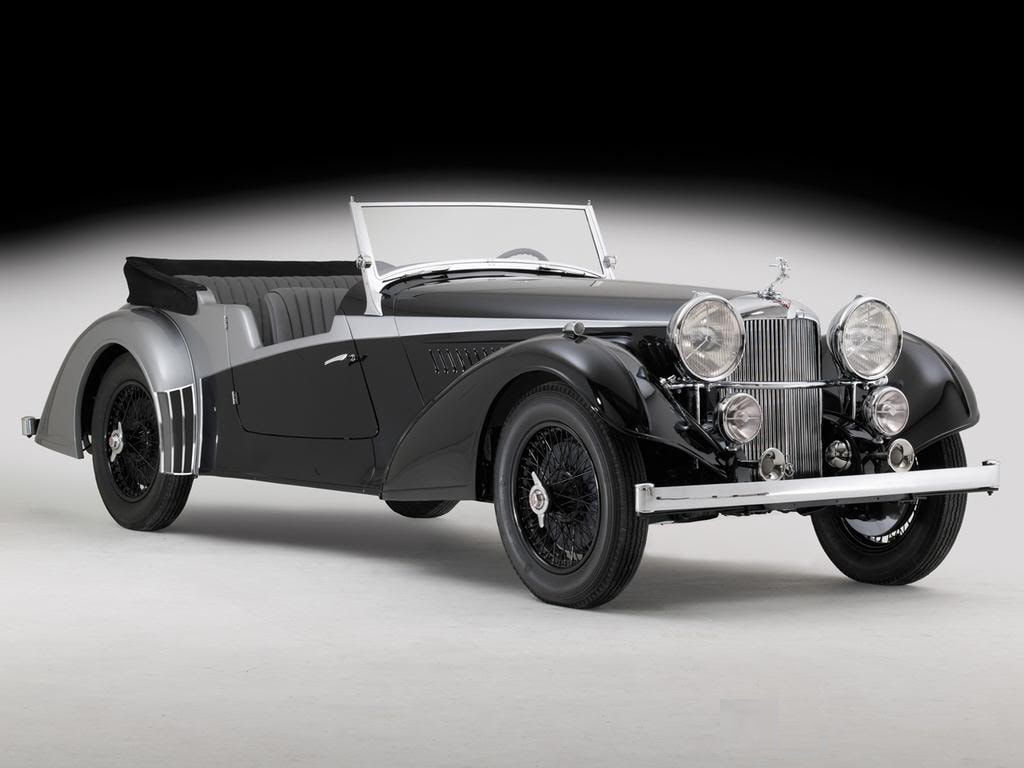
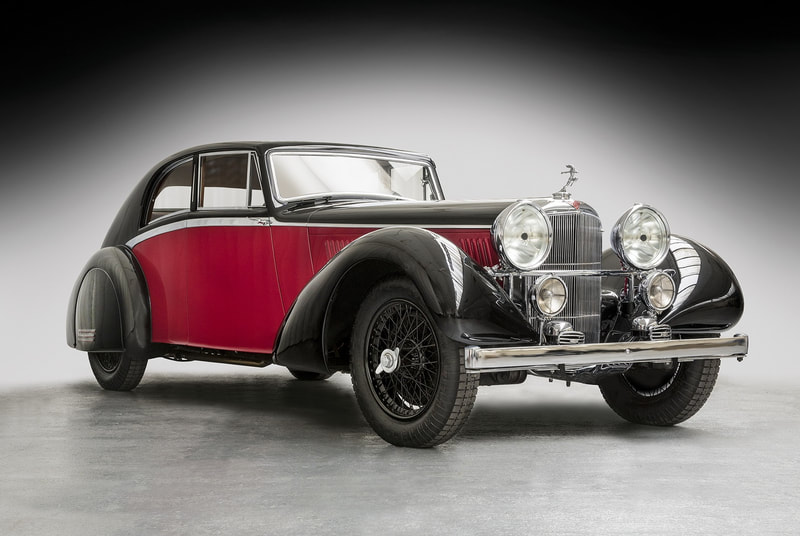
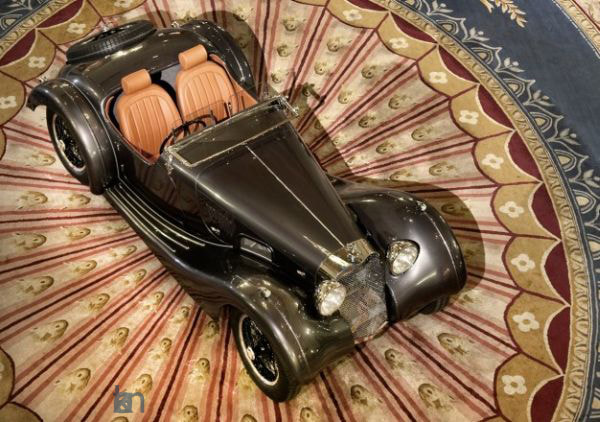
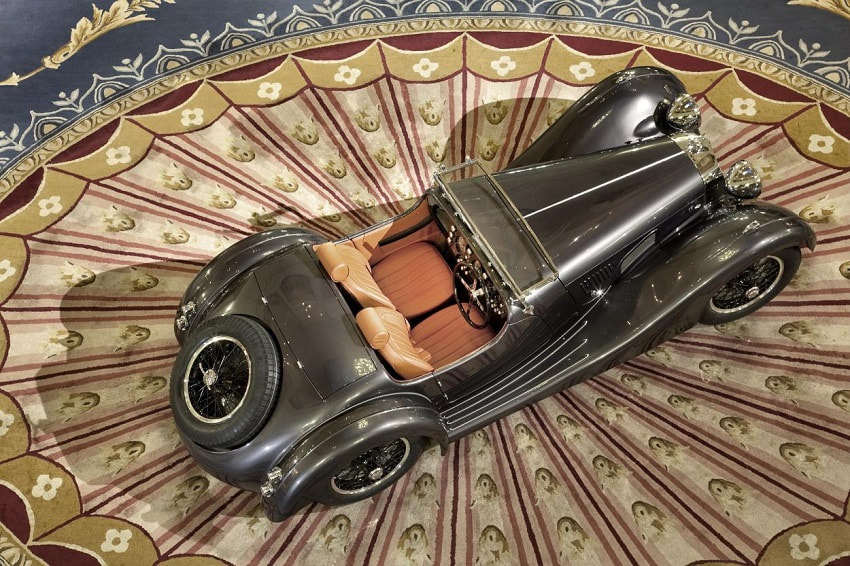
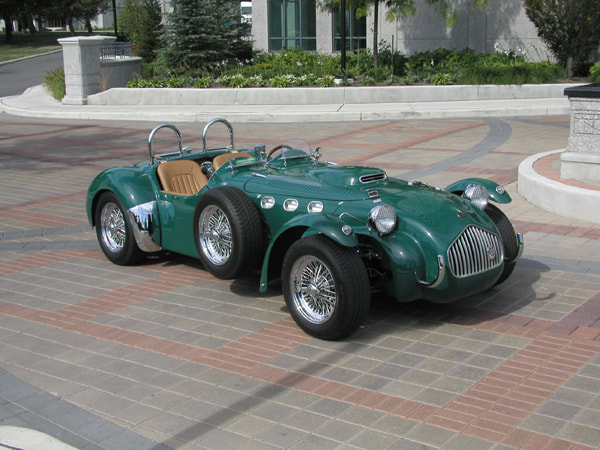
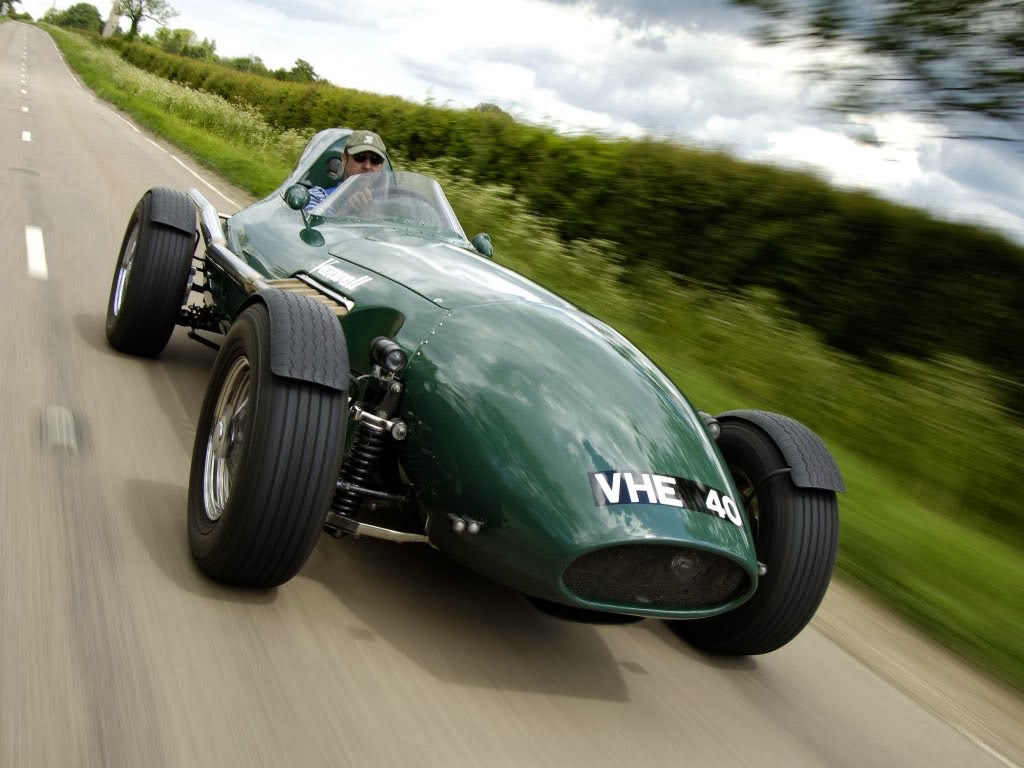
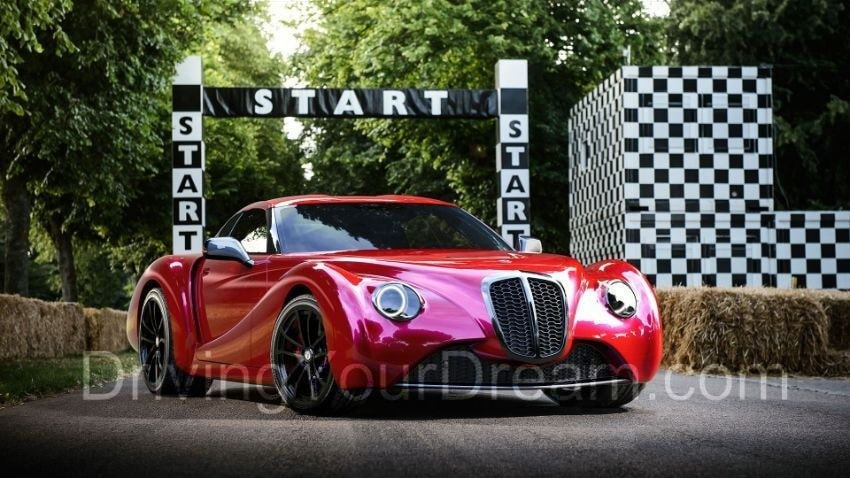
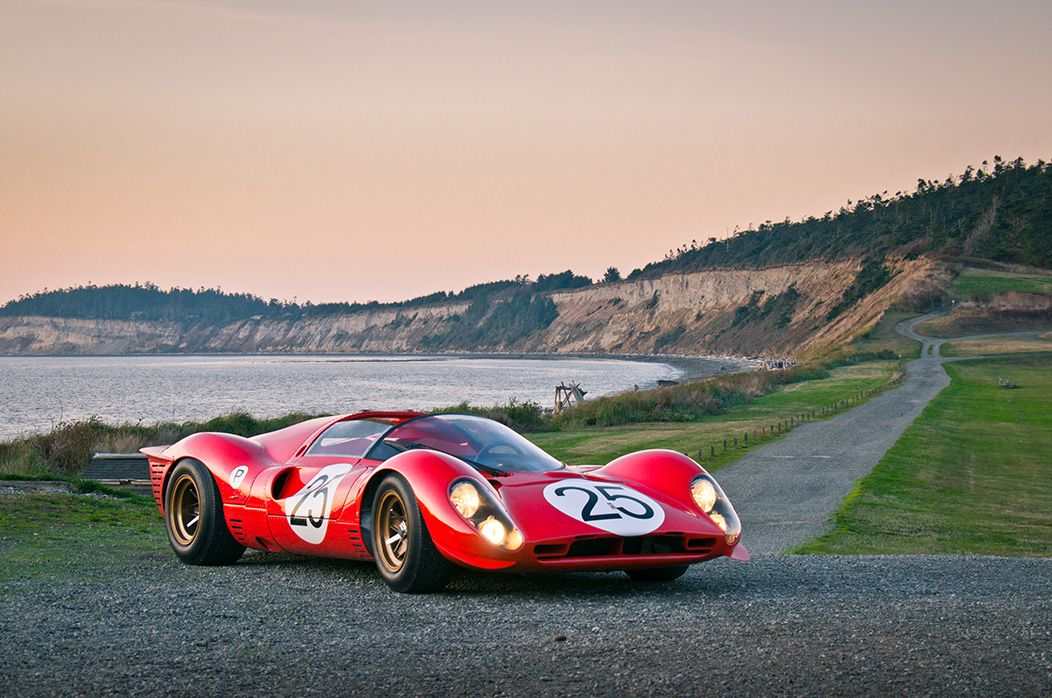
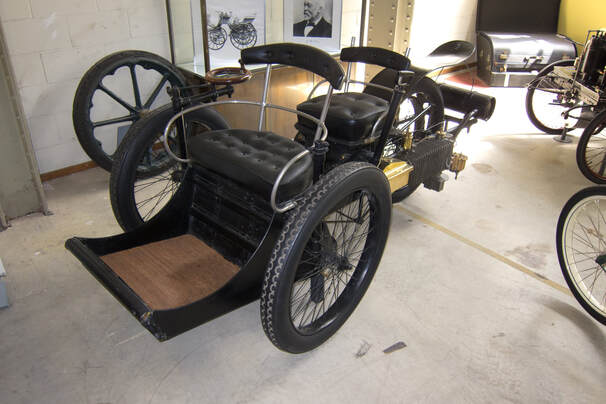
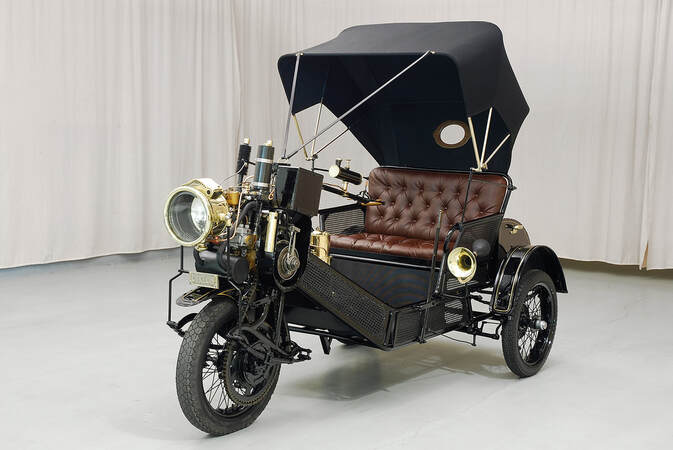

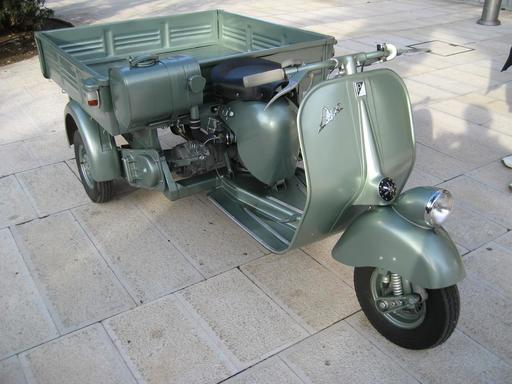
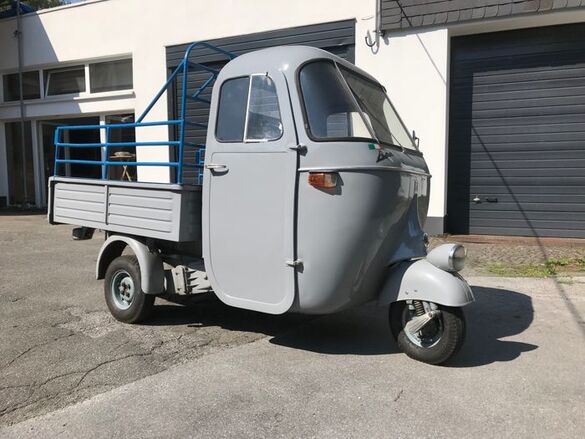
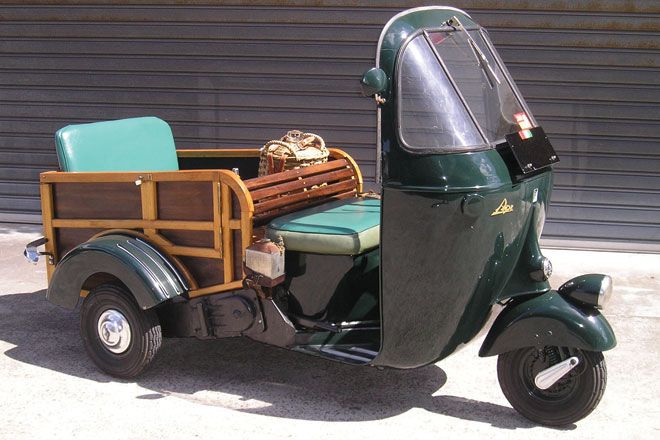
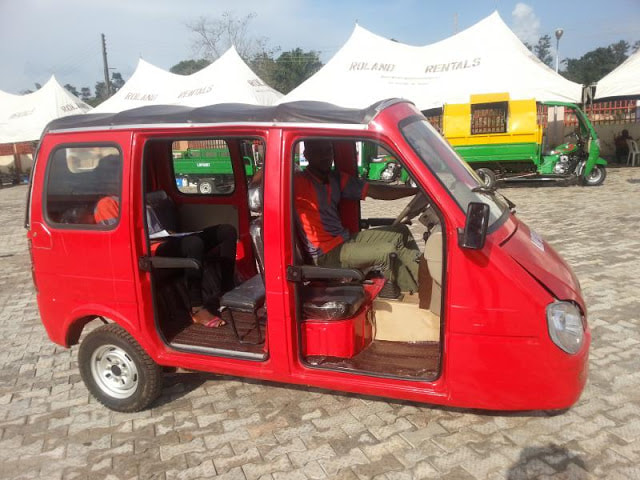
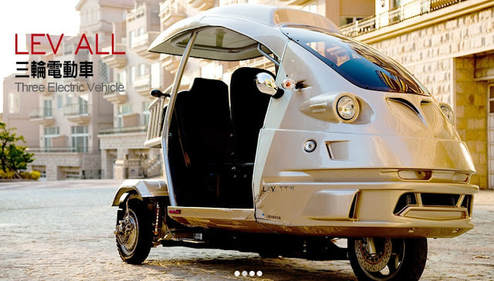
 RSS Feed
RSS Feed